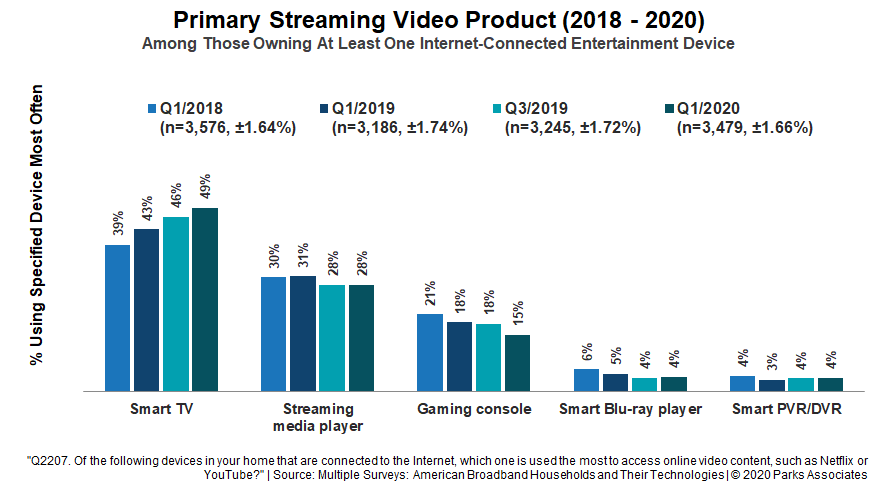CES 2021: TV Brands Seek Differentiation Amid Competition
In a year unlike any other, CES 2021 similarly proceeded unlike any CES before it, with the virtual event bringing the show to arguably its broadest audience yet.
One aspect of the show that remained similar to previous years was the high-profile prominence of the latest and greatest television announcements from CE industry leaders. In contrast to years past however, CES 2021 saw the traditional TV market leaders redoubling their efforts to differentiate their sets in the face of extremely aggressive competition from relative newcomers to the global TV market. More importantly, the increased technological capabilities of the competition has forced traditional TV market leaders to innovate in ways that go beyond just display panel technology.
Display panel technology has in the past been the differentiating bar separating traditional top tier brands from the rest, but this line has become increasingly blurred. 8K capabilities have become table stakes at the top end for all brands, and relative newcomers such as TCL and Hisense are combating the OLED, MicroLED, and QLED displays of LG, Sony, and Samsung with their own display innovations in MiniLED and Laser TV. Instead, traditional brands are seeking ways to move the value argument beyond the display technology itself.
LG is differentiating by adding cloud gaming capability to its 2021 TVs via the addition of native apps for Nvidia’s GeForce Now and Google’s Stadia gaming services. In the recent past, Samsung diversified from the norm with its Lifestyle TV line, which includes the picture-frame-like Frame model, and the free-standing Serif model shaped like the capital letter “I” in cross-section. This year, Samsung has added camera-assisted AI-guided fitness training via the virtual Smart Trainer function of the Samsung Health app installed on its latest TVs. Sony and Panasonic are both using AI-infused processors in their newest TVs to intelligently analyze content scenes and apply automatic image processing and optimization. Sony is also using AI to upconvert standard audio to surround sound that matches the action on-screen. In addition, Sony has taken a step beyond other manufacturers by leveraging its links to the content industry to offer the Bravia Core streaming service on its top TVs – an ultra-high-bandwidth video service that offers Blu-ray Disc level picture quality.
There were plenty of additional examples from CES 2021, but the above are indicative of the outsized effort that traditional TV leaders are putting forth to differentiate themselves and add value in unique ways, now that the TV market is more technologically competitive than ever.
Data from Parks Associates reinforces the importance of the smart TV in the connected household, with smart TVs used as the primary streaming device by 49% of broadband households surveyed in Q1 2020. This reflects a continuous rise since 2018.

In an unprecedented year intensely focused on video consumption, this fiercely competitive picture in the TV market promises that consumers will benefit in this battle amongst manufacturers to deliver greater value per dollar to the TV buyer.
For more on the connected consumer electronics space, please check out the recent Parks Associates report, Streaming Video Products: Driving Adoption.
For more information about Parks Associates research, visit http://www.parksassociates.com or call 972-490-1113.
Next: LG Exits the Mobile Market: A Sign of Changing Times, Tastes, and Competition
Previous: Connected TV Market Update
Comments
-
Be the first to leave a comment.
Post a Comment
Have a comment? Login or create an account to start a discussion.


